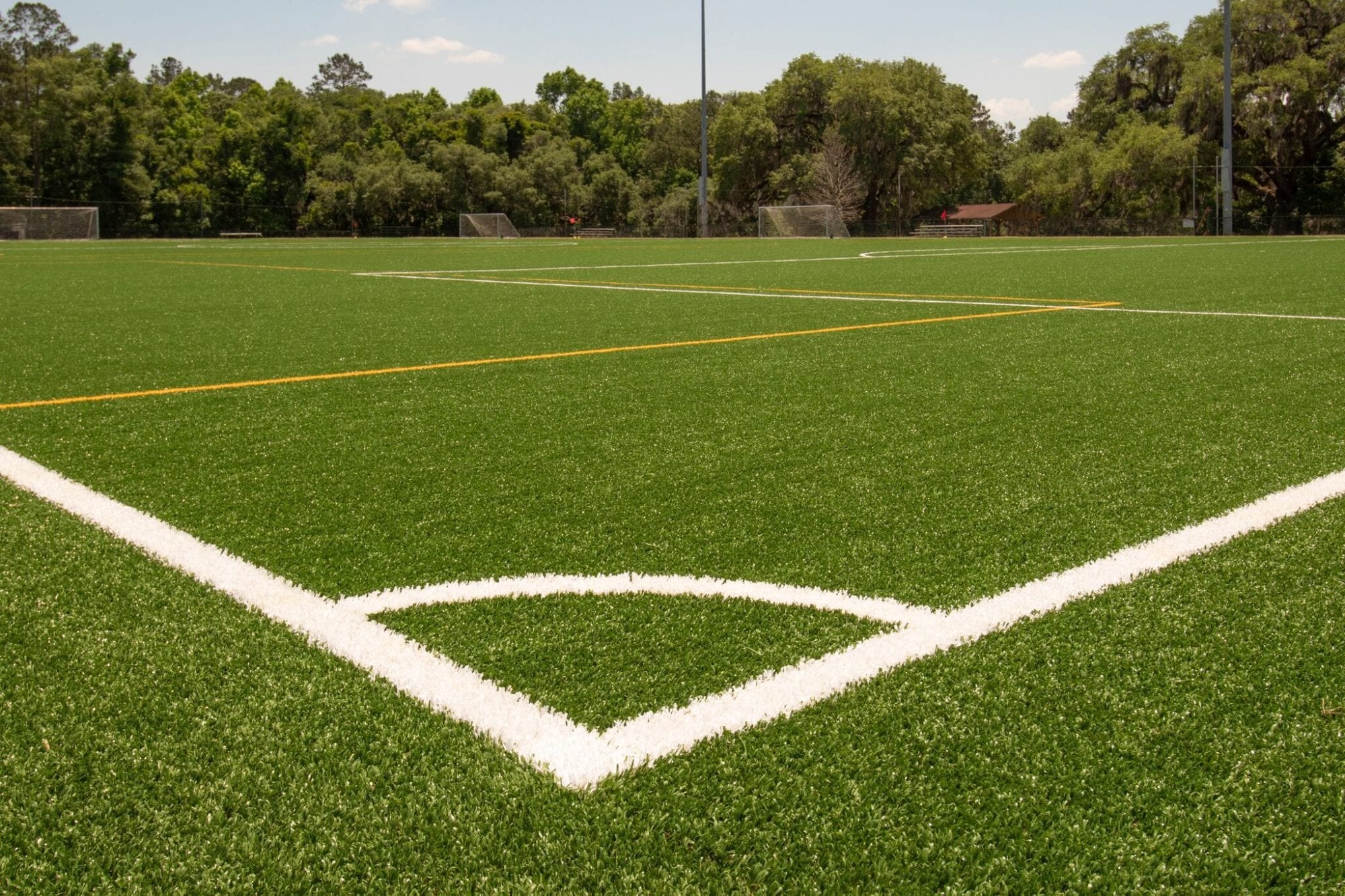Get a Perfect Lawn with Arizona Artificial Turf for Any Outdoor Space
Get a Perfect Lawn with Arizona Artificial Turf for Any Outdoor Space
Blog Article
Explore the Environmental Benefits of Opting for Artificial Turf Solutions
The adoption of artificial grass solutions presents a compelling chance to resolve pressing environmental obstacles. By substantially lowering water use and minimizing the application of unsafe chemicals, these alternatives not only advertise lasting landscaping but likewise secure neighborhood ecosystems.
Water Conservation Advantages
One of the most considerable advantages of fabricated lawn is its capability to save water. In contrast, fabricated lawn does not need watering, substantially minimizing the general demand for water sources.
By getting rid of the requirement for normal watering, synthetic grass adds to sustainable landscape methods and assists alleviate the ecological effect of too much water consumption. In addition, the preservation of water reaches the reduction of overflow, which can result in dirt disintegration and river air pollution.
Furthermore, the installment of fabricated turf permits towns and house owners to allot water sources much more effectively, concentrating on important uses such as drinking water and farming. The shift towards synthetic grass not just advertises liable water use yet additionally lines up with more comprehensive ecological objectives targeted at protecting all-natural sources.
As communities progressively focus on sustainability, the water conservation advantages of man-made turf present a compelling case for its fostering in commercial and property landscaping tasks.
Reduced Chemical Usage
The change to fabricated lawn dramatically lowers the dependence on chemical therapies typically used in natural yard maintenance. Standard lawn monitoring usually includes the application of chemicals, herbicides, and plant foods to advertise growth and control pests. These chemicals can present risks to human wellness, neighborhood wildlife, and the environment, adding to dirt and water contamination.
In contrast, fabricated grass eliminates the need for these dangerous substances. By reducing the launch of synthetic compounds into the ecosystem, fabricated turf advertises healthier dirt and water systems.
Moreover, the absence of chemical drainage related to artificial lawn setups helps safeguard local rivers from air pollution, sustaining aquatic life and preserving biodiversity. Turf installation phoenix az. As neighborhoods significantly prioritize sustainable techniques, going with artificial lawn provides a practical solution that straightens with environmental preservation goals. Via this shift, homeowner can appreciate lavish green rooms without compromising environmental health and wellness, leading the means for a more sustainable future
Reduced Carbon Footprint

In addition, the installment of man-made lawn can cause significant water conservation. All-natural grass require substantial amounts of water for irrigation, which not only includes in website link the carbon footprint linked with water extraction and treatment however additionally pressures local water resources. In comparison, artificial turf needs minimal maintenance, requiring no click reference watering, therefore considerably decreasing water usage and its associated energy prices.
In addition, the longevity of synthetic grass adds to its lower carbon influence. With a life expectancy of up to 15 years or more, the demand for regular substitutes is reduced, causing less waste and reduced power consumption in production and disposing of conventional lawn alternatives. On the whole, synthetic turf presents a sustainable alternative for eco conscious landscape design.
Habitat Conservation
Habitat preservation is a critical factor to consider in the debate over landscape design selections, especially when contrasting artificial lawn to all-natural lawn. All-natural lawn lawns frequently call for extensive maintenance, consisting of using fertilizers, chemicals, and herbicides, which can negatively affect regional ecological communities. These chemicals can leach into the dirt and waterways, hurting native plants and fauna and disrupting local environments.
Artificial turf eliminates the demand for harmful chemicals, therefore safeguarding close-by wildlife and maintaining the honesty of bordering communities. The setup of synthetic turf can lead to the conversion of previous yard areas right into even more biodiverse landscapes, such as pollinator gardens or native plant areas, which can support neighborhood wild animals.
Eventually, the shift to synthetic turf not just conserves water and reduces upkeep initiatives however additionally fosters an extra harmonious partnership between human activities and the natural surroundings, advertising environment conservation at the same time.
Long-Term Sustainability
Long-term sustainability is an important consider examining the advantages of synthetic grass over traditional grass yards. One of the most substantial advantages of man-made grass is its durability; it can last up to 15-20 years with marginal upkeep, whereas all-natural lawn calls for constant reseeding and replacement. This longevity reduces the requirement for consistent sources, such as water, plant foods, and pesticides, which are important for maintaining a healthy grass yard.
Additionally, synthetic turf adds to a reduction in carbon exhausts connected with grass care tools. Standard lawns often need gas-powered mowers, leaners, and blowers, all of which add to air pollution. Artificial turf companies phoenix. On the other hand, synthetic grass eliminates the need for such tools, promoting a cleaner setting
Furthermore, the manufacturing of synthetic lawn progressively makes use of recycled materials, enhancing its sustainability account. As makers adopt green practices, the environmental impact of fabricated turf remains to lessen.

Conclusion
The adoption of synthetic lawn remedies presents significant ecological benefits, including significant water conservation, lowered reliance on hazardous chemicals, and a reduced carbon footprint. Furthermore, synthetic grass help in protecting all-natural habitats by decreasing land disruption and promoting lasting sustainability through making use of sturdy products. Jointly, these elements emphasize the possibility of synthetic grass to contribute positively to environmental health and wellness and supply a feasible alternative to standard landscape design practices in a significantly resource-conscious world.
In comparison, synthetic grass does not require watering, significantly decreasing the overall need for water sources. By minimizing the release of synthetic compounds into the ecosystem, synthetic grass promotes healthier soil and water systems.
In addition, the installation of artificial turf can result in considerable water preservation. In comparison, artificial turf needs minimal maintenance, needing no watering, consequently considerably decreasing water usage and its connected power expenses.

Report this page